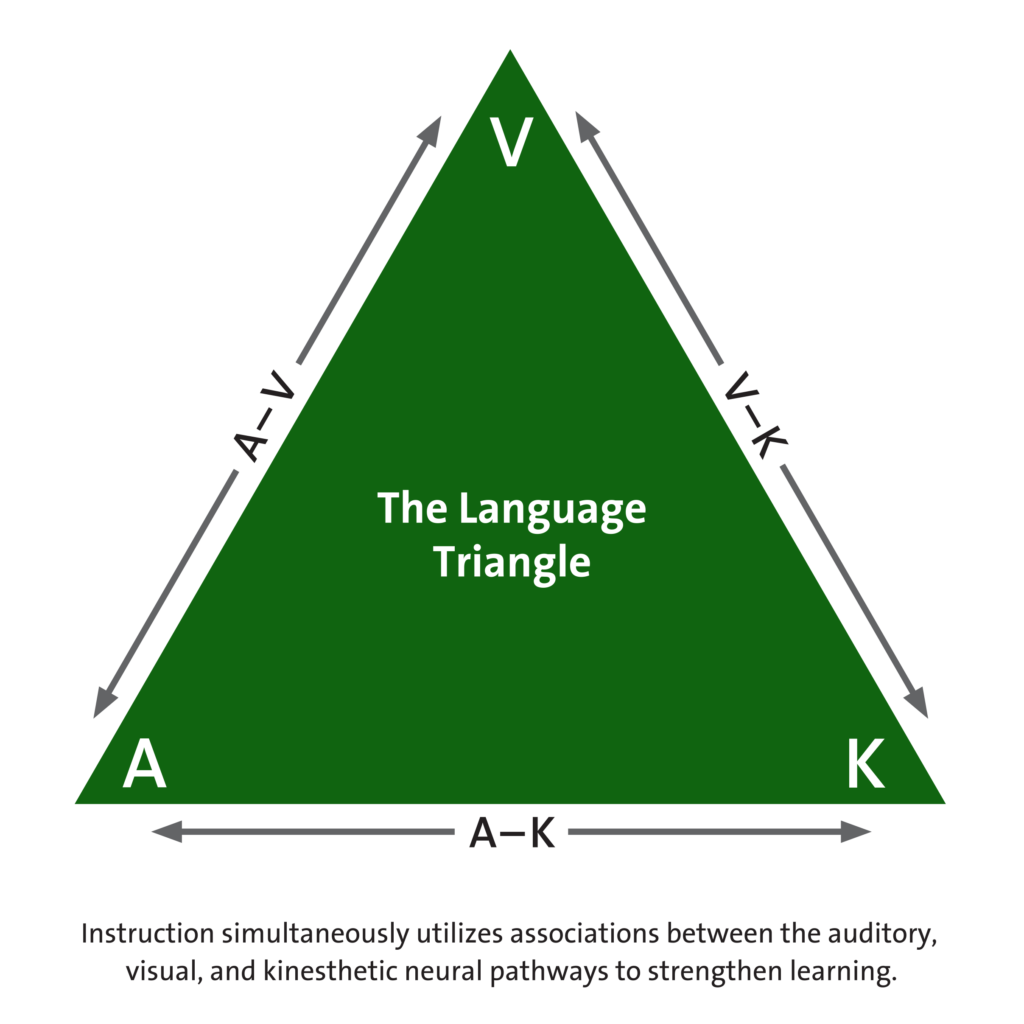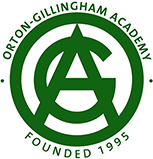 OGA Principles of the OG Approach
OGA Principles of the OG Approach
The Orton-Gillingham Academy Principles of the
Orton-Gillingham Approach
The Orton-Gillingham Academy Principles are the foundation of the
Orton-Gillingham Approach.
What are the newly updated OGA Principles?
The OGA Principles are the Academy’s own concise, unified statement of principles that represent the research and underlying philosophy originated in the 1920s by Dr. Samuel Orton, are substantiated by his colleagues, and are applied in the Orton-Gillingham Academy (OGA) seminal works. This updated version of the principles reflects a careful review of the history and rich legacy of our founders.
OGA is proud to present these principles as our own Orton-Gillingham Academy Principles of the OG Approach, “The OGA Principles” for short.
Why were these written?
The OGA Curriculum Handbook states that the principles are “essential components of the Approach” and refers to them in several of the goals and standards. Because they are central to the Approach, the Standards Committee agreed that our organization needed one unified document. Currently, there are varied versions that exist throughout the membership and our materials. Therefore, this unified statement of the OGA Principles is presented in service to our membership and community.
How were the OGA Principles developed?
The first step taken by the Standards Committee was to identify which principles had a consensus of support among the founders and were represented in the seminal works. Next, the committee looked for guidance in the work of influential researchers and educators who followed in the founders’ footsteps. Finally, the committee consulted the Academy Overview and the contributions from our rich heritage. Of significance is Margaret Byrd Rawson’s role in the development of the principles which she first outlined in 1982 for the Board of the Orton Dyslexia Society in the article titled What is Dyslexia? She then reprinted them as the Guidelines for Teaching in The Many Faces of Dyslexia (1988) which served as our baseline point of reference. After much deliberation, the committee agreed on this statement of principles that incorporates the spirit and intentions of Orton-Gillingham’s most important contributors.
Diagnostic and Prescriptive
Instruction is a dynamic, continuous, adaptable process of monitoring student work and giving corrective feedback based on the learner’s profile and ongoing performance designed to promote accuracy and automaticity.
- Instruction is diagnostic in that the instructor continuously monitors the verbal, nonverbal, and written responses of the learner to identify and analyze problems and progress. This information is the basis for planning the next lesson.
- Instruction is prescriptive in that it contains elements that focus on resolving the learner’s difficulties and building on the learner’s progress noted in the previous lesson.
Individualized
Instruction is individualized to meet the differing needs of learners who may be similar, but not exactly alike. Lessons are customized to meet the learner’s profile, culture, identity, and interests.
Language-Based and Alphabetic/Phonetic
Instruction is a comprehensive practice based on the structure and history of the English language that integrates oral language, reading, spelling, and writing. It begins at the simplest level with phonemes (sounds) and the alphabetic principle (the relationship of sounds to letters) and progresses through complex word and text structures.
Simultaneous Multisensory
Instruction simultaneously utilizes the associations of the auditory (hearing), visual (seeing), and kinesthetic (movement) neural pathways.

Direct and Explicit
Instruction is presented systematically with concepts clearly stated, modeled, and practiced. Moving from supported practice to independent practice enhances learning and memory leading to automaticity and independent application.
Structured, Sequential, and Cumulative, but Flexible
Instruction is logically organized and moves from simple, well-learned material to increasingly complex elements. Lessons continuously spiral back to reinforce previously taught skills in an integrated manner. Instructional decisions require flexibility and are based on the learner.
Synthetic and Analytic
Instruction employs both synthetic and analytic processes at all levels of language; these processes are reciprocal and must be closely coordinated.
- Synthetic Instruction progresses from the parts to the whole. For example, when reading, the learner blends individual sounds, syllables, and morphemes to read words.
- Analytic Instruction progresses from the whole to its parts. For example, when spelling, the learner segments the sounds, syllables, or morphemes to spell words.
Cognitive
Instruction engages the learner in an active understanding of what they are learning, why they are learning it, and how to apply their learning in a thoughtful way. It encourages thinking and reasoning rather than reliance on rote memorization.
Emotionally Sound
Instruction builds confidence and trust by ensuring the learner achieves regular success.
CLICK HERE FOR A SUMMARY OF THE PRINCIPLES
CLICK HERE FOR A COPY OF THE DETAILED PRINCIPLES
CLICK HERE FOR A COPY OF THE OGA PRINCIPLES STORY
updated 8/2022
